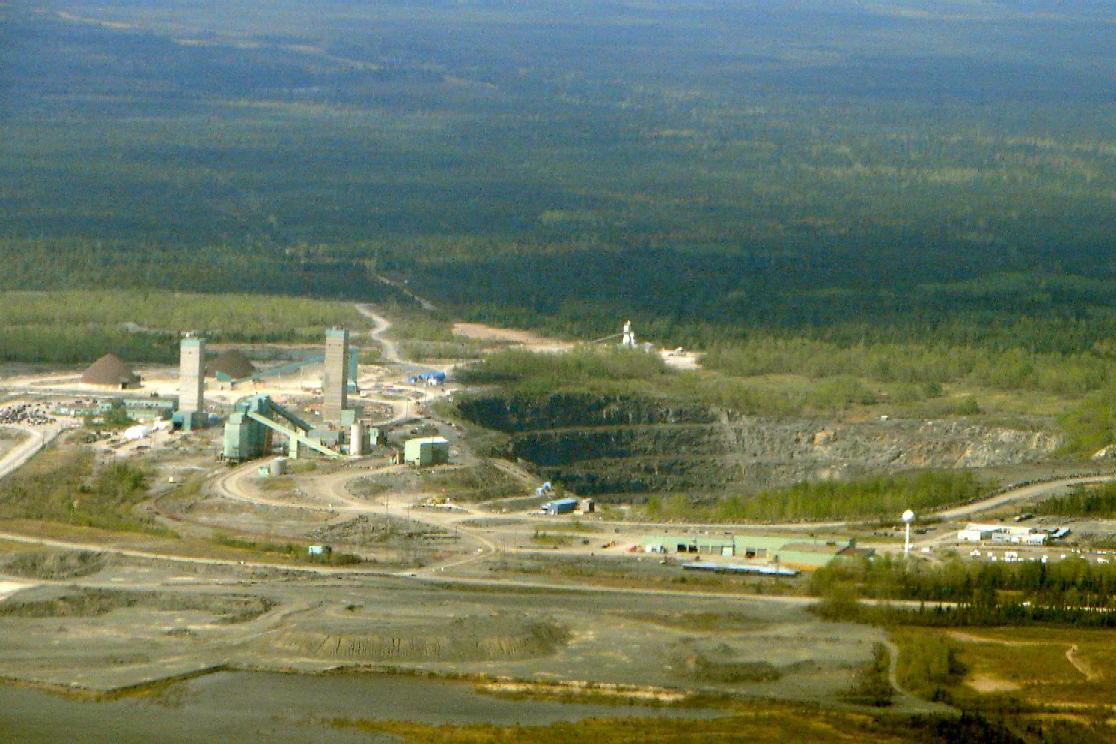For over seven years, a team of researchers at the University of Toronto has been delving into the depths of a mine in northern Ontario, looking to discover ancient water that is more than two billion years old.
The team at the Department of Earth Sciences, led by U of T professor and Canada Research Chair Barbara Sherwood Lollar, has been returning to the Kidd Creek mine for years. Just a 20-minute drive north of Timmins, Ontario, this mine has produced samples which have been setting the record for the world’s oldest discovered water since 2013. Most recently, the team has taken samples that are 2.7 billion years old.
In its paper analyzing the sample, the team reported the presence of acetate and formate salts, which would have been produced by geochemical processes that could also support life. The team also found microbes in some of the samples, as Sherwood Lollar revealed on CTV’s Your Morning.
The presence of life in such a stagnant environment has led the team to believe that the mine could be a useful way to understand life on other planets. Many of Earth’s organisms live in environments with oxygen and sunlight, but underground biomes could help scientists understand how different life would be without them — which may be the case on other planets.
World’s oldest water
The Kidd Creek mine forms part of the Canadian Shield, a large geographical area that spans most of North America and is composed of rocks that are billions of years old. The most recent sample was taken from a highly saline stream 2.4 kilometres beneath the surface.
The researchers were able to date the water samples because they knew the age of the surrounding rock. The presence of certain radioactive isotopes within the rock suggested that the rock 2.4 kilometres under the surface was 2.7 billion years old, so the U of T team concluded that the water samples must be of the same age.
In their newest paper, the researchers explained how a chemical analysis of the water could shed light on the role of the carbon cycle in deep subterranean environments. Above ground, carbon atoms naturally pass through various environments: they are absorbed by plants as carbon dioxide or through the soil, pass into animals once those plants are eaten, and eventually return to the soil and atmosphere once their holders decompose.
Underground there are fewer lifeforms to participate in this process, so geochemical effects tend to pass carbon around. Volcanoes, shifting tectonic plates, and sinking masses of heavy material all keep carbon atoms flowing underground and connected to the surface cycle as well.
Life on other planets
Scientists are interested in the deep carbon cycle because it is more closely analogous to the conditions on other planets. Life on Earth’s surface depends on the surface carbon cycle, but that process is sustained by photosynthetic life, sunlight, and oxygen — three things that other planets cannot be assumed to have in abundance.
It is more likely that the local environments of watery planets thought to be suitable for life have something resembling Earth’s deep carbon cycle. Thus, by finding pockets of life on our planet, we can better model other planetary systems.
Subterranean chemistry, temperature, and pressure conditions provide unique environmental extremes to test the limits of what life can endure. The more diverse conditions in which we find microbes, the more we can broaden our understanding of where life could be found in the universe.
“One of the reasons I wanted to be a scientist was the discovery on the ocean floors in the 1970s that life down there was not driven by the sun’s energy,” said Sherwood Lollar in a 2018 interview with U of T News.
“It was not photosynthetic life, but life dependent on chemicals,” she added.
Understanding the chemistry supporting life deep below our feet may ultimately be key to understanding how life could evolve far beyond our planet.
Editor’s note (February 12): A previous version of the photograph accompanying this article was identified as inaccurately representing the research discussed and the safety protocols of the researchers involved. It has been replaced with a more appropriate photograph. The Varsity regrets this error.


